
Westphalia is a region of northwestern Germany and one of the three historic parts of the state of North Rhine-Westphalia. It has an area of 20,210 square kilometres (7,800 sq mi) and 7.9 million inhabitants.

North Rhine-Westphalia or North-Rhine/Westphalia, commonly shortened to NRW, is a state (Land) in Western Germany. With more than 18 million inhabitants, it is the most populous state in Germany. Apart from the city-states, it is also the most densely populated state in Germany. Covering an area of 34,084 square kilometres (13,160 sq mi), it is the fourth-largest German state by size.
AA, Aa, Double A, or Double-A may refer to:
The district of Aachen is a district in the west of North Rhine-Westphalia, Germany. Neighboring districts are Heinsberg, Düren, Euskirchen, and also the Netherlands province of Limburg and the Belgian province of Liège. Its administrative body is the Städteregionsparlament, headed by the Städteregionspräsident or "region president".

The Sieg is a river in North Rhine-Westphalia and Rhineland-Palatinate, Germany. It is a right tributary of the Rhine.
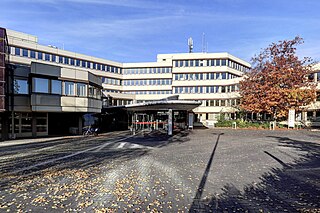
Lippe is a Kreis (district) in the east of North Rhine-Westphalia, Germany. Neighboring districts are Herford, Minden-Lübbecke, Höxter, Paderborn, Gütersloh, and district-free Bielefeld, which forms the region Ostwestfalen-Lippe.
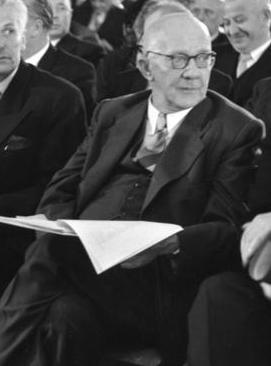
Rudolf Amelunxen was a German politician of the Zentrum and the 1st Minister President of North Rhine-Westphalia between 23 August 1946 and 17 June 1947. He was born in Cologne and died on 21 April 1969 in Grafschaft Abbey, North Rhine-Westphalia.
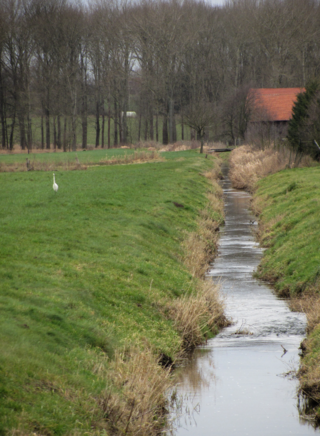
Violenbach is a river of Lower Saxony and North Rhine-Westphalia, Germany.
Halstenbecker Bach is a small river of North Rhine-Westphalia, Germany. It is about 4.6 km long and flows into the Oberwiesengraben near Oesterweg.

Laibach is a river of North Rhine-Westphalia, Germany, near Halle (Westfalen). It is the left headstream of the Ruthebach.

Teufelsbach is a small river of North Rhine-Westphalia, Germany.

Lollenbach is a stream of North Rhine-Westphalia, Germany. Its source is between Bürenbruch and Letmathe. The stream has a length of 4.03 km (2.50 mi). Near Reingsen, a part of Schwerte, Lollenbach and Reingser Bach merge to form the Elsebach. Lollenbach is used as a supplier of water for a small fish pond.
Wiesengraben is a river of North Rhine-Westphalia, Germany, near Halle (Westfalen). It is the right headstream of the Ruthebach.

Halterner Mühlenbach is a river of North Rhine-Westphalia, Germany.
Brandenbaumer Bach is a river of North Rhine-Westphalia, Germany. It is formed at the confluence of the Geseker Bach and the Störmeder Bach. It is a left tributary of the Lippe.
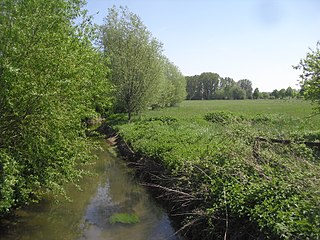
Geseker Bach is a river of North Rhine-Westphalia, Germany.
Störmeder Bach is a river of North Rhine-Westphalia, Germany.
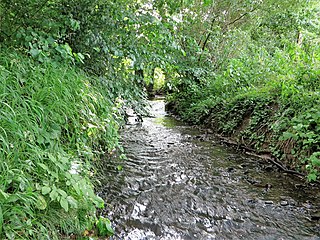
Wannebach is a river of North Rhine-Westphalia, Germany.

Gutenbach is a river of North Rhine-Westphalia, Germany. It springs north of Unterwilden, a district of Wilnsdorf. It is a right tributary of the Wildenbach in Salchendorf, a district of Neunkirchen.

Heder is a river of North Rhine-Westphalia, Germany. It springs at Upsprunge. It is a left tributary of the Lippe in Schwelle.













